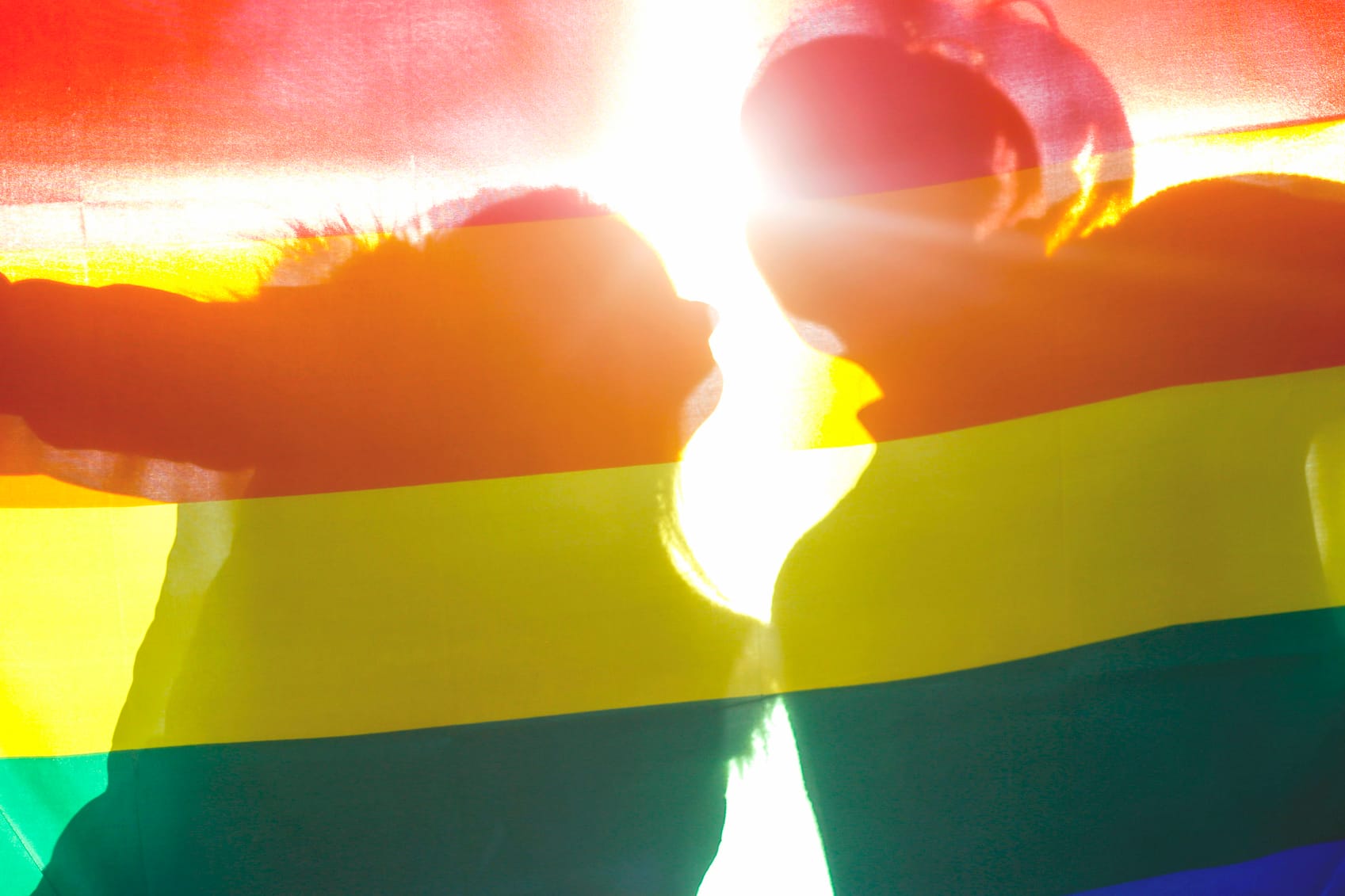
- Yes! The results of the same-sex marriage survey are in, so what happens now?
- Why there should be no room in the law for celebrants to discriminate on same-sex marriage
What do the results of Australia’s same-sex marriage survey tell us about the state of the nation?
Almost 80 per cent of the 16 million Australians who are registered to vote participated in the survey. Every state voted yes – and a majority voted yes in 133 of the nation’s 150 electorates. The 61.6 per cent of Australians who voted to extend marriage rights to those who had previously been denied them came from the outback and the inner city, were rich and poor, old and young, Liberal, National, Labor and Green.
But what about the folk in the 17 electorates who voted no? Twelve of those electorates were in western Sydney (and nine of those are held by the ALP), three were in Queensland (two LNP and an independent) and two in Victoria (ALP).
Former Labor leader Mark Latham was in no doubt about what the Sydney results meant. “The most valid explanation of the western Sydney result is ethnicity,” he wrote in The Daily Telegraph on the day after the vote was announced. “The more multicultural the electorate, the more likely it was to vote No.”
But Dr Anastasios Panagiotelis, a Monash senior lecturer in econometrics and business statistics, is not so sure. “The first thing we can say with statistics is that correlation is not causation. If you want to find correlations there are a whole bunch of things you can find,” he says.
“Sydney is the big surprise out of this right? There is a Sydney effect. There were 12 seats that voted no in western Sydney and only two seats in Melbourne (Calwell in the north and Bruce in the south-east). You can’t just pin it on migrant communities. Melbourne is also a very multicultural place. Yet Melbourne mostly voted yes. It’s multi-factorial.”
Before the vote, Dr Panagiotelis created a same-sex couples map of Australia, plotting the most recent census data to every federal electorate. One interesting correlation that he has discovered is that “the number of same-sex couples in those Sydney electorates that voted no are among the lowest in the country”. The percentage of same-sex couples in Blaxland, for instance, was 0.35 per cent. Blaxland, which is held by Labor’s Jason Clare, also registered the highest ‘no’ result – 73.9 per cent. (In the Queensland seat of Kennedy, held by independent Bob Katter, 0.38 per cent of couples said they were same-sex in the census. Kennedy also voted no.)
Australia’s highest ‘yes’ vote – 83.7 per cent – was the seat of Sydney, held by deputy Labor leader Tanya Plibersek. The seat of Sydney also has the highest number of same-sex couples in the country -- 10.44 per cent.
Tony Abbott’s nearby seat of Warringah provides an interesting contrast - 0.93 per cent of the electorate are same-sex couples, at the same time 75 per cent of the postal votes said ‘yes’ to same sex marriage. Despite Mr Abbott’s strenuous opposition to same-sex marriage, Warringah registered the fourth highest ‘yes’ vote in NSW.
Dr Panagiotelis also discovered a high correlation (78 per cent) between the yes vote and electorates with a higher proportion of people who said they had no religious affiliation. “That is by far the strongest correlation,” he says. This leads him to believe that the no vote is also correlated to “religious affiliation in general”.
He cautions however that his correlations are between two different data sets – the same sex couples map was based on census data, and that encompasses everyone who was in Australia on the night of the survey, including tourists –– while the postal survey was only for Australian citizens aged 18 and over.
Is it possible to correlate a yes vote with tolerance and a national willingness to live and let live? Dr Panagiotelis says that personally he is inclined to think so, but adds that such an opinion is outside his remit as a statistician.





